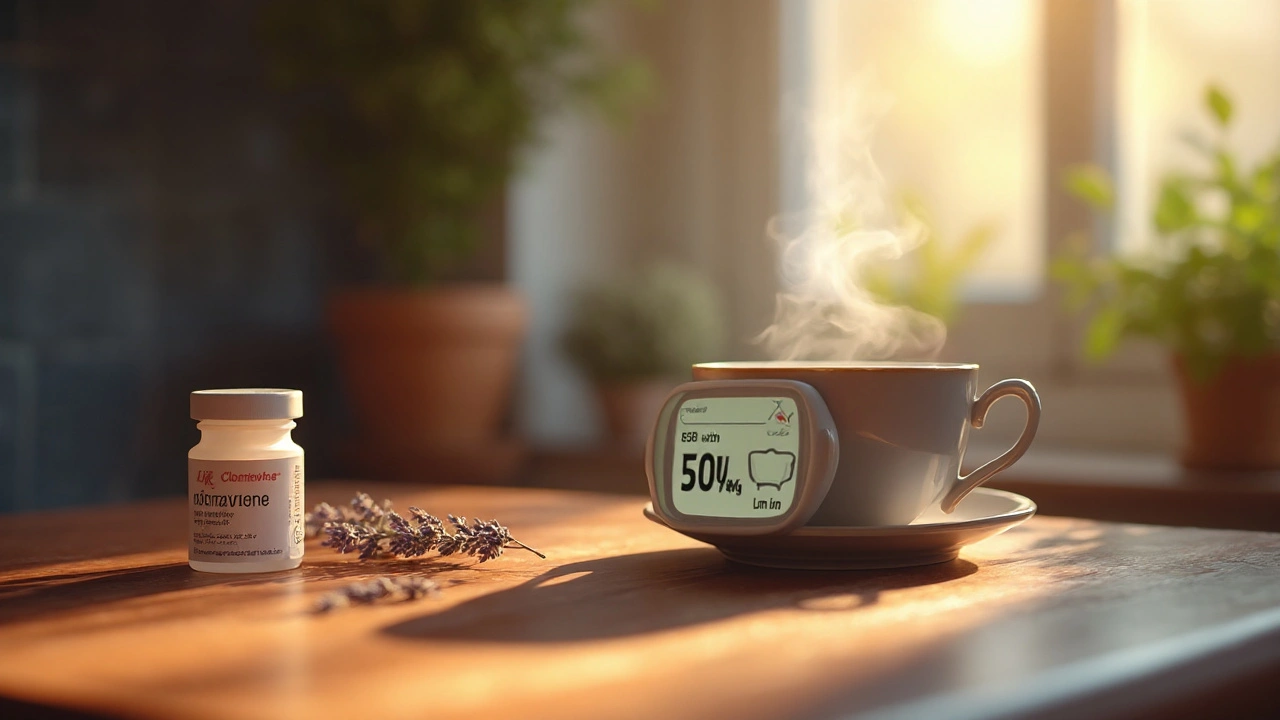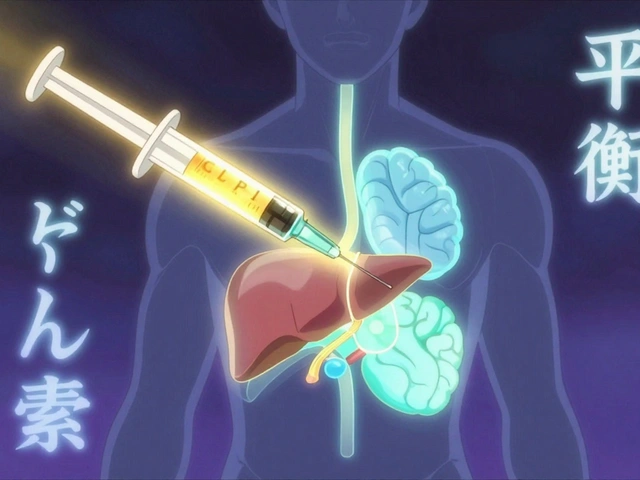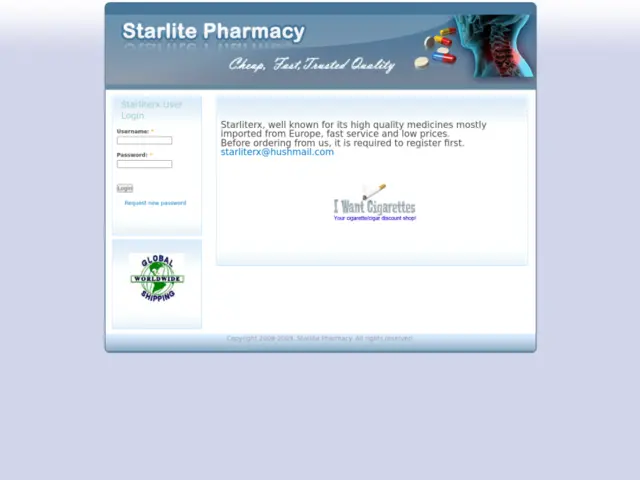Clomiphene Ovulation Timing Calculator
Clomiphene is a selective estrogen receptor modulator (SERM) prescribed to induce ovulation in women with anovulatory infertility, typically dosed at 50-150mg per day for five days early in the menstrual cycle. While the pill kicks your body into gear, fertility monitor is a handheld or wearable device that measures hormonal or temperature cues to predict the fertile window. Pairing the two can turn guesswork into data‑driven timing, boosting pregnancy odds from roughly 10% to 20% per cycle.
Why Tracking Ovulation Matters When Using Clomiphene
Clomiphene works by blocking estrogen receptors in the hypothalamus, which tricks the brain into thinking estrogen levels are low. This triggers a surge of follicle‑stimulating hormone (FSH) and luteinizing hormone (LH), prompting the ovaries to mature multiple follicles. However, the drug’s response varies: one woman may ovulate on day14, another on day19. Missing the true LH surge can waste a precious fertile window.
LH surge is a rapid increase in luteinizing hormone that precedes ovulation by 24‑36hours. Detecting this spike accurately is the linchpin of any ovulation strategy, and that’s where fertility monitors shine.
How Fertility Monitors Detect the Fertile Window
Modern monitors fall into three camps:
- Urine‑based LH monitors (e.g., Clearblue Fertility Monitor) sense the hormone rise in a midstream sample.
- Skin‑temperature sensors (e.g., Ava Fertility Tracker) capture subtle shifts in basal body temperature (BBT) that follow ovulation.
- Continuous hormone sensors (e.g., OvuSense) read estrogen and LH directly from vaginal fluid via a disposable probe.
Each method translates a biological signal into a clear “low”, “high”, or “peak” reading, letting you pinpoint the day to try for a baby.
Integrating Clomiphene With a Monitor: A Step‑by‑Step Protocol
- Day1 of your cycle (first day of bleeding), start Clomiphene at the prescribed dose.
- Begin using the fertility monitor on day7 to establish a baseline hormone or temperature trend.
- Log each daily reading in the monitor’s companion app; most apps flag a “fertile” status when LH exceeds a predetermined threshold.
- When the device signals an LH peak, schedule intercourse or insemination within the next 24‑48hours.
- After ovulation, continue monitoring BBT for at least three days to confirm that the surge was followed by the expected temperature rise (≈0.3‑0.5°F).
This workflow reduces the guesswork that traditionally plagued Clomiphene cycles and lets you adjust dosage in subsequent cycles based on concrete data.

Comparing Popular Fertility Monitors
| Device | Detection Method | Cost (USD) | Accuracy (LH peak) | Additional Stats |
|---|---|---|---|---|
| Clearblue Fertility Monitor | Urine LH & estrogen | ≈$150 (plus test strips) | ≈96% | Shows “high fertility” for 2‑3 days |
| Ava Fertility Tracker | Skin temperature, HRV, sleep | ≈$200 (bracelet) + subscription | ≈90% | Integrates with fertility apps, predicts 6‑day fertile window |
| OvuSense | Continuous vaginal hormone sensor | ≈$250 (plus weekly probes) | ≈99% | Real‑time alerts via smartphone, works with Clomiphene cycles |
When you’re on Clomiphene, OvuSense often edges out the rest because its hormone‑level readout isn’t skewed by the drug’s estrogen‑blocking effect. Yet the Clearblue remains a budget‑friendly go‑to for many.
Connecting Hormonal Data With Other Fertility Tools
Beyond standalone monitors, fertility apps like Kindara or Glow aggregate hormone, BBT, and sexual activity logs to generate a visual fertility curve. When you import Clomiphene dosage dates, the algorithm can flag atypical LH patterns that might signal ovarian hyperstimulation.
For couples who prefer medical imaging, a mid‑cycle transvaginal ultrasound can confirm follicle size (>18mm) and help fine‑tune Clomiphene dosage. Combining ultrasound data with monitor readings creates a triangulated picture of ovulation timing.
Common Pitfalls and How to Avoid Them
- False‑positive LH spikes. Certain herbal supplements (e.g., green tea extract) can mimic LH in urine tests. Stick to the monitor’s guidelines on medication interactions.
- Temperature fluctuations. Late‑night alcohol or inadequate sleep can suppress BBT rise. Keep a consistent bedtime after ovulation.
- Device mis‑placement. For wearables, ensure the sensor maintains skin contact; a loose strap yields inaccurate temperature data.
- Over‑reliance on a single indicator. Use at least two data streams-LH peak plus BBT-to confirm ovulation, especially when Clomiphene can cause multiple follicles.
Next Steps: Personalizing Your Ovulation Strategy
1. Choose a monitor that aligns with your budget and lifestyle.
2. Record your Clomiphene start date, dosage, and any side effects.
3. Follow the step‑by‑step protocol for at least three cycles to collect baseline data.
4. Review trends in the app’s fertility graph; if ovulation consistently occurs later than day14, discuss dosage adjustment with your reproductive endocrinologist.
By treating your cycle as a data set rather than a mystery, you empower both yourself and your clinician to make evidence‑based decisions, turning the odds of conception in your favor.

Frequently Asked Questions
Can I use a fertility monitor without taking Clomiphene?
Absolutely. Monitors are designed for natural cycles as well, helping women identify their fertile window whether they’re on medication or not.
Does Clomiphene affect the accuracy of urine‑based LH tests?
Clomiphene can cause multiple LH surges, but the urine test still detects the hormone correctly. The challenge is interpreting which surge leads to a viable ovulation, which is why a monitor that tracks trends over several days is helpful.
How long should I continue using a fertility monitor after ovulation?
Most clinicians advise tracking BBT for at least three days post‑ovulation to confirm the temperature shift. Continuing the monitor for a full luteal phase (about 12‑14days) can also flag any early luteal phase defects.
What side effects of Clomiphene should I watch for while tracking?
Common issues include hot flashes, ovarian enlargement, and mild mood swings. If you experience severe abdominal pain or visual disturbances, contact your doctor immediately-they could signal ovarian hyperstimulation.
Is it safe to combine Clomiphene with a wearable monitor like Ava?
Yes. Wearables don’t interfere with the medication; they simply collect physiological data. Just ensure the device’s firmware is up‑to‑date and follow the manufacturer’s cleanliness guidelines.
How often should I replace test strips for a urine‑based monitor?
Most manufacturers recommend using a fresh strip for each test and storing unopened strips in a cool, dry place. Expired strips can give false‑negative results, which could throw off your timing.
Can I rely solely on temperature data to confirm ovulation?
Temperature alone is a lagging indicator-BBT rises after ovulation has occurred. It’s best used in conjunction with LH detection to give both a predictive and confirmatory signal.





michael henrique - 23 September 2025
When you combine Clomiphene with a reliable fertility monitor, you harness the disciplined precision of American scientific tradition to dominate your cycle. The dosage calculation is a straightforward arithmetic problem, and the resulting fertile window becomes as predictable as a well‑engineered timetable. No vague guesses, just data‑driven confidence that works for anyone committed to success.
Jacqueline D Greenberg - 26 September 2025
Hey there, it’s completely normal to feel overwhelmed by all the numbers at first. Think of the monitor as a friendly sidekick that logs each LH surge and temperature shift, letting you see patterns over time. Keep your entries consistent, and you’ll start spotting the sweet spot where conception odds jump.
Jim MacMillan - 29 September 2025
One must appreciate the elegance of integrating pharmacokinetic modeling with contemporary biometrics; the synthesis of such modalities epitomizes cutting‑edge reproductive science. The nuanced oscillations captured by wearables render the traditional calendar obsolete. 📈✨
Beth Lyon - 1 October 2025
i tried the app and it was kinda cool but i keep gettin false spikes on the lh test maybe its the strip or i prob didnt wash hands well its annoying lol
Nondumiso Sotsaka - 4 October 2025
Remember, consistency is your strongest ally. Log the exact day you start Clomiphene, note any side effects, and cross‑reference with the monitor’s temperature curve. This habit builds a clear picture for your doctor and boosts confidence in your plan 😊
Ashley Allen - 7 October 2025
Consistency really makes the data reliable.
Brufsky Oxford - 10 October 2025
Life is a series of cycles, both celestial and personal, and tracking them can feel like a meditation on timing. 🌙 Embracing the data invites a deeper dialogue with one’s own biology, where each temperature rise becomes a whispered affirmation of fertility.
Lisa Friedman - 13 October 2025
Technically, the LH surge detected by urine strips reflects a rise in gonadotropin secretion that typically precedes ovulation by 24‑36 hours. However, Clomiphene may induce multiple follicular developments, leading to several LH peaks within one cycle. In practice, pairing strip results with basal body temperature (BBT) readings helps differentiate the primary ovulatory surge from ancillary ones. The monitor’s algorithm often assigns weight to each data point, producing a probability map rather than a binary outcome. Users who disregard the multifactorial nature risk misinterpreting false‑positive spikes, especially if they are using herbal supplements that can interfere with immunoassays. Thus, a holistic approach-integrating dosage timing, LH trends, BBT shifts, and, when possible, ultrasound confirmation-yields the most accurate fertile window estimation.
Annie Thompson - 15 October 2025
Tracking ovulation while on Clomiphene feels like watching a labyrinth of signals, each whispering its own version of the truth. The medication primes the ovaries, making them more responsive, yet that same responsiveness creates a cascade of hormonal surges that can confuse simple tests. Each LH spike you detect might be a genuine invitation to conceive or merely a phantom echo of the drug's effect. By overlaying temperature data, you add a lagging yet reliable confirmation that ovulation has indeed occurred. The wearable’s continuous skin‑temperature curve smooths out the jitter that single‑point measurements introduce. When the graph shows a steady rise after the LH peak, your confidence in timing should increase. Conversely, a flat temperature line after a surge suggests that the surge was not fertile. The digital calendar in the monitor’s app becomes a visual narrative, telling you where the story of this cycle diverges from the textbook. If you notice that the fertile window consistently shifts later in the cycle, that is a cue to discuss dosage adjustment with your specialist. Some clinicians recommend a slight increase in Clomiphene dose after three cycles of delayed ovulation, but only after confirming the pattern through data. The monitor also records cervical mucus quality, which, when combined with hormonal data, paints a fuller picture of the reproductive environment. Many users overlook this subtle cue, missing an additional layer of insight. Emotional steadiness plays a subtle role; stress can blunt the temperature rise, creating a false negative in BBT. Thus, maintaining consistent sleep and a calm mindset supports the physiological signals you’re tracking. The end goal isn’t just to catch a single fertile day but to understand the rhythm of your body over multiple cycles. In that way, the technology becomes a partnership, not a replacement for medical guidance.
Vicki Roth - 18 October 2025
That perspective really highlights how each data stream reinforces the others, turning raw numbers into a coherent fertility story.
Chris Kivel - 21 October 2025
It’s great to see folks sharing real‑world experiences; keeping the community informed helps everyone fine‑tune their approach without reinventing the wheel.
sonia sodano - 24 October 2025
Some people claim that adding a monitor is just a gimmick when the real issue is the underlying hormonal imbalance caused by Clomiphene. The market is flooded with flashy devices, yet many users never achieve the promised increase in conception rates.
Praveen Kumar BK - 26 October 2025
Promoting expensive gadgets without acknowledging the importance of proper medical supervision borders on irresponsible consumerism, especially when vulnerable individuals seek hope.
Viji Sulochana - 29 October 2025
Just a heads up, make sure your test strips are stored in a dry place; humidity can degrade them faster than you might expect.
Stephen Nelson - 1 November 2025
One could argue that the obsession with quantifying every physiological nuance reduces the mystique of conception to a spreadsheet, yet the data speaks louder than myths ever could.
Fredric Chia - 4 November 2025
The empirical evidence supports data‑driven methodologies as superior to anecdotal practices.
Hope Reader - 7 November 2025
Sure, you can throw money at a monitor and hope for miracles, but at least you’ll get colorful charts to stare at 🤷♀️
Marry coral - 9 November 2025
Track the dose and the peak, stick to the plan, and you’ll see results.
Emer Kirk - 12 November 2025
Even when you follow the schedule, the body can still feel like a fickle tide, pulling you into doubt just as you think you’re on track.
Roberta Saettone - 15 November 2025
When you pair disciplined tracking with open communication with your clinician, you turn raw data into actionable insight-no gimmicks, just smarter decisions.